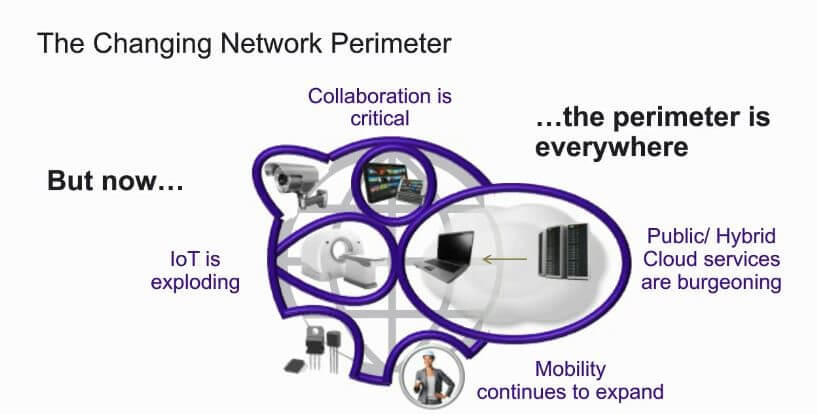The digitalization of our society is happening now, uniquely and definitively transforming how organizations operate on a day-to-day
Some of these include:
- In hotel and lodging, mobile and the Internet of Things (IoT) are enhancing and personalizing the guest experience, allowing guests to check-in/check-out of their rooms, contact guest services, even unlock the door, all from a hotel’s loyalty app. Moving forward IoT will give guests the ability to control thermostats, showers, lights, and televisions from their mobile devices.
- In manufacturing, advanced algorithms are transforming the way businesses collect and leverage data analytics across various geographical locations. Smart factories with an integrated IT platform delivers relevant data to both sides of the supply chain, increasing production capacity, lowering production costs, and more efficiently meeting customer demand.
- In sports venues, fans can find the best parking location for their seats, seamlessly enter the stadium, navigate to their seats, and order food/drink with only their mobile devices handy – not to mention they can access the in-venue Wi-Fi to update their fantasy lineup.
- In casinos, IP-based video surveillance systems deployed onsite are vastly improving security measures across gaming facilities. Compared to analog-based systems, digital video systems are more scalable and flexible, leverage automation and artificial intelligence to streamline operations and decrease human error, and offer higher-quality imaging.
- In healthcare, Hospitals have migrated to electronic medical records (EMR) and electronic health records (EHR) to augment communications streams between doctors and improve patient care. Not to mention, a recent survey showed that 90% of healthcare officials were implementing or considering a mobile device initiative.
These are just a sampling of the industry-specific use cases digital transformation brings, but for its many benefits and opportunities, digital transformation also poses serious risks for organizations. A primary concern? Cybersecurity.
With the advent of IoT, the volume and variety of personal devices, and the growth of cloud-based technologies accessing and being supported by the network, the traditional perimeters of the network have expanded and evolved significantly, opening up a litany of new threats IT teams need to be aware of and protect against.
As such, a recent survey conducted by Forbes on Digital Transformation and Security showed that 69% of
The best way to ensure an organization’s network is secure? Extreme’s Fabric-based network solution.
Extreme Fabric is a flexible and robust network solution that delivers unparalleled security across the wired and wireless campus. Leveraging this solution enables:
- Hyper-Segmentation: end-to-end isolation of traffic and isolates critical information, applications, groups, and users. Breaches are contained where they occur.
- Stealth Networking: network topology is invisible to outsiders. Services to Ethernet switched paths are not vulnerable to IP scanning.
- Service Elasticity: eliminates backdoor entry points into the network. Services extend and retract as users and devices connect and disconnect from the network.
Extreme Fabric meets the unique security demands across industries today, and prepares their IT teams for the cybersecurity threats of tomorrow, allowing organizations to take full advantage of digital transformation in their space.
To learn why Extreme Fabric provides the best solution to protect against cyber threats, contact Chi for more information and to download the on-demand webinar, “Practical Tips for Securing Your Network.”

